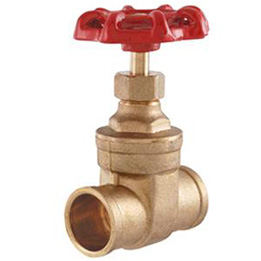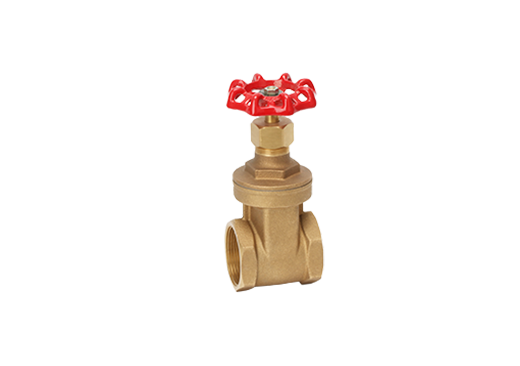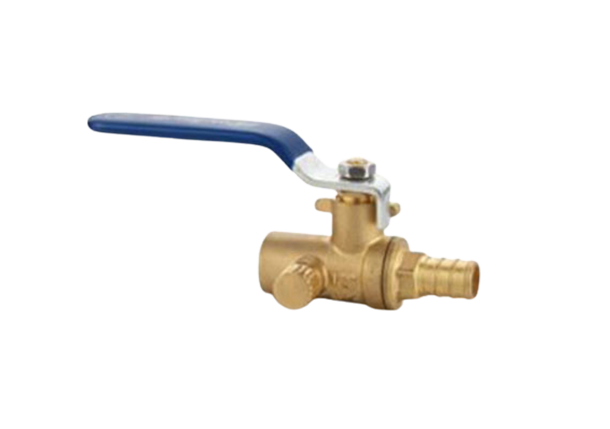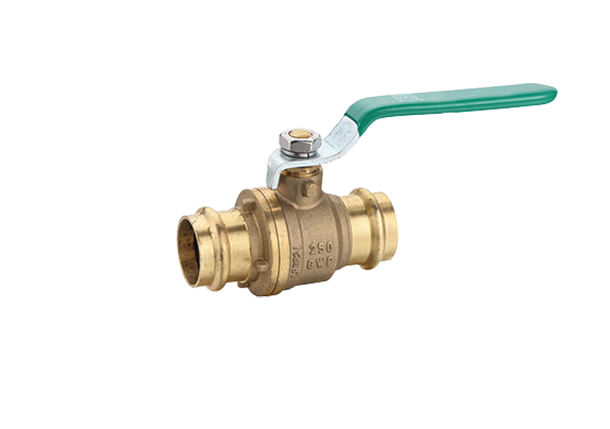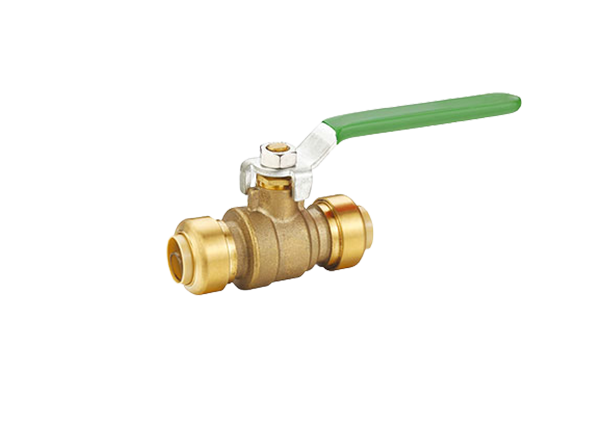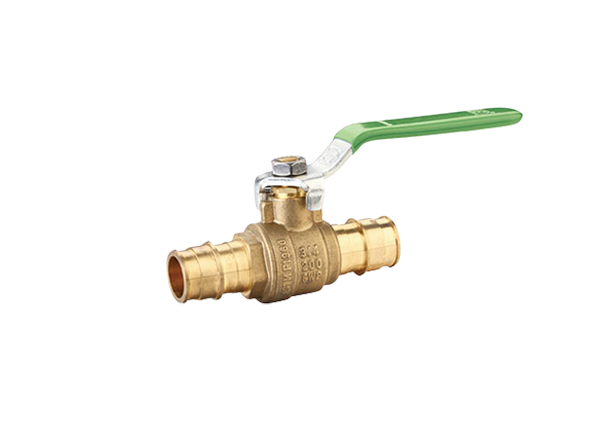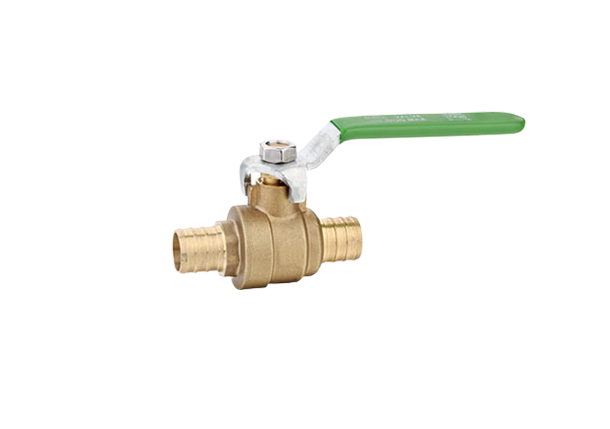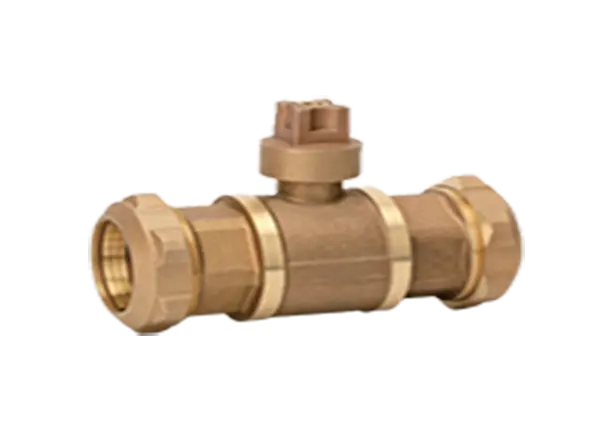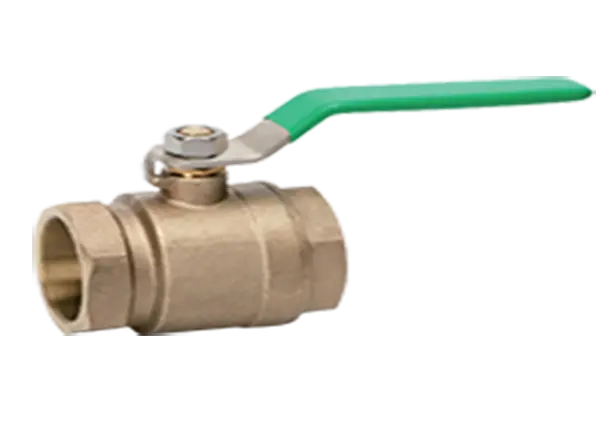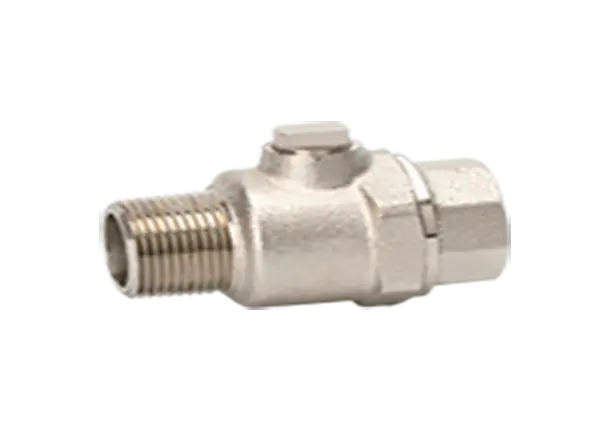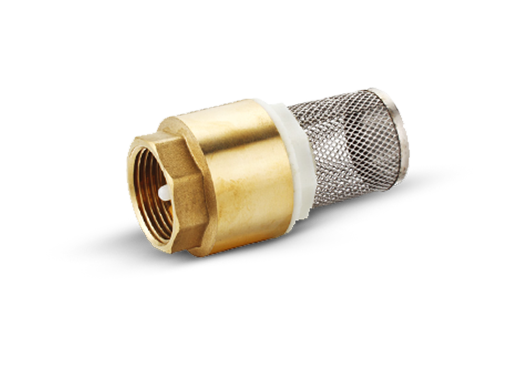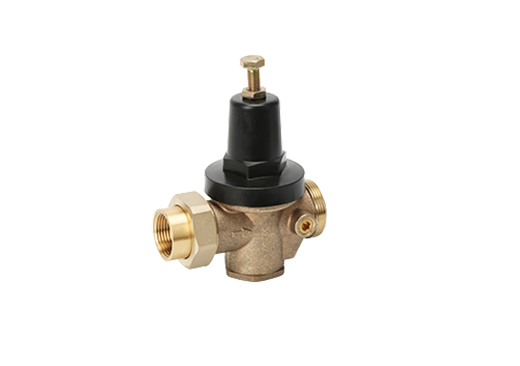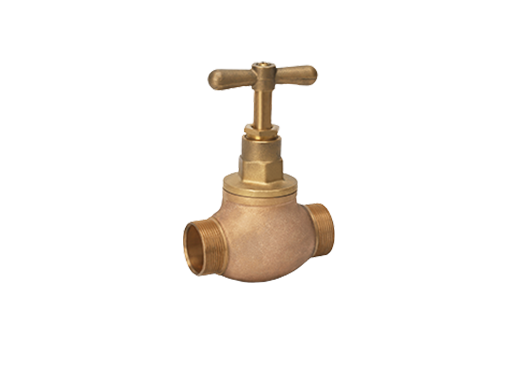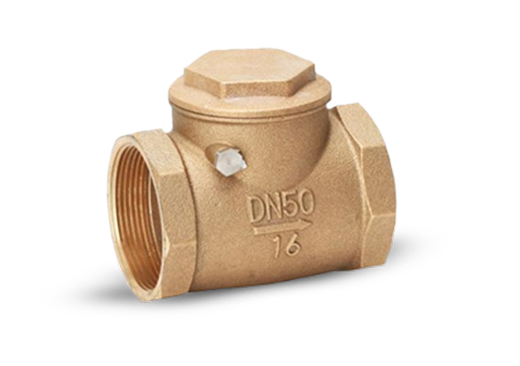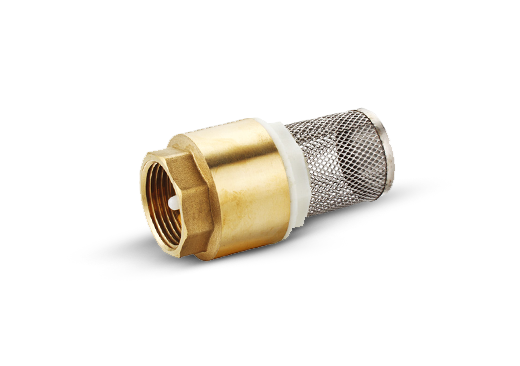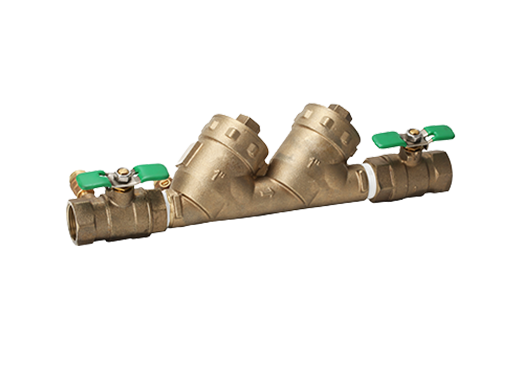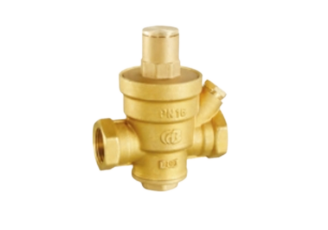Installation and Function of Check Valves
Check valve is a valve that allows fluid to flow in a fixed direction and automatically prevents flow in the opposite direction (backflow). Check valves have wide applications, but this article will focus on the check valves installed on the outlet side of steam traps. Carbo bronze valve factory has been manufacturing bronze check valve and brass one way check valve for many years, Our check valves have wide applications, we are looking forward to meeting your different needs.
Spring disc check valve
The spring disc check valve has very small opening and closing pressure difference and tight sealing. Once back pressure occurs, the valve will immediately close.
The large-diameter (up to DN100/4 inches) spring disc check valve (with center-guided disc)
The center-guided design prevents large-diameter check valves from sticking due to disc tilt, ensuring reliable operation.
Is it necessary to install a check valve on the outlet side of a steam trap?
If there is a possibility of condensate backflow, it is necessary to install a check valve. For example, when the condensate is discharged into a common water collection pipeline, it is possible for the condensate discharged from other steam traps to flow back to the equipment, so a check valve must be installed in this situation. Preventing this kind of backflow is very important because it not only affects the heating efficiency, but also may damage the steam trap.
On the contrary, if the outlet of the steam trap is connected to a separate drain pipe that discharges downwards, there will be no backflow, and no check valve is needed.
Single dedicated pipeline
If the steam trap is discharged downwards to the atmosphere through a separate drain pipe, there is usually no backflow danger, so check valves are not necessary.
Note: Depending on the configuration of the pipeline after the steam trap, if the equipment experiences a vacuum condition or the pipeline rises, back pressure may exceed the first pressure and backflow may occur. In this case, installing a check valve can effectively prevent backflow.
Common water collection pipeline
If the outlet of the steam trap is connected to a common condensate collection pipeline, if a check valve is not installed, the condensate water discharged from the operating equipment may flow back to other idle equipment.
If a check valve is installed, even if the outlet of the steam trap is connected to the same collection pipeline, the condensate water discharged from the operating equipment will not flow back to other idle equipment.
Does installing a check valve prevent water hammer?
There are many factors that cause water hammer. The biggest reason for water hammer in the condensate recovery pipeline is backflow caused by the lift of the condensate pipe. Installing a check valve at appropriate locations (such as the start of the lift pipe) in such situations is greatly helpful for preventing water hammer caused by backflow.
If the condensate water is discharged through an intermittent operation pump control and there is a horizontal pipeline before the lift pipe, the backflow condensate water from the lift pipe may collide with the newly discharged condensate water, causing water hammer. Similarly, when PowerTrap® discharges high-temperature condensate water, the flashing steam and backflow with the condensate water can also cause water hammer.
In this situation, installing a check valve at the appropriate location in the system (such as the start of the lift pipe) is greatly helpful for preventing water hammer.
Limitations of using check valves
When high-temperature and high-pressure condensate water is discharged through a steam trap to a lower pressure area, a certain amount of flashing steam will be generated. If this flashing steam flows into the condensate recovery pipeline filled with low-temperature condensate water, it will transfer its latent heat to the condensate water and quickly condense, causing water hammer. In this situation, installing a check valve will not be effective.
In Carbo bronze valve factory, Check valves can prevent backflow but cannot reduce back pressure. It cannot discharge condensate water from a low-pressure area to a high-pressure pipeline. Even if a stop valve is installed after the steam trap, if the first pressure is less than the second pressure, the condensate water still cannot be discharged.
In addition, it should be noted that if a check valve is installed after a steam trap with a very small pressure difference, the check valve itself will also become a resistance point (that is, the check valve also has pressure loss), so special attention should be paid when calculating pressure drop.
Different Carbo Valves For Sale

